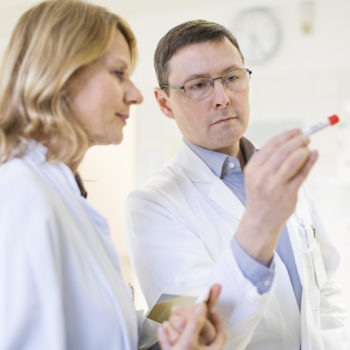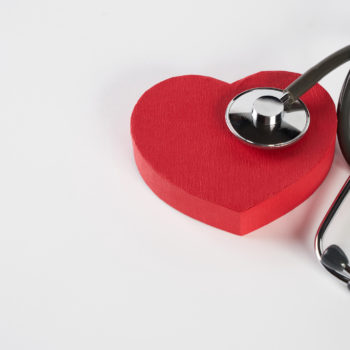Little known but potentially fatal. It is thrombosis, which is the process secondary to the formation of blood clots, i.e. thrombi, in the blood vessels. The clots, forming inside intact vessels, impede normal blood circulation. They can also fragment and reach, in the form of embolism, several districts throughout the body causing diseases such as myocardial infarction, stroke or pulmonary embolism. According to a recent survey by the Associazione Lotta alla Trombosis e alle Malattie Cardiovasculari (ALT), thrombosis diseases are known to about 30% of Italians. Knowing how to recognize risk factors is as important as the symptoms of venous thrombosis: “It is important to catch them in time: The earlier the diagnosis is, the earlier appropriate therapy is set up, and the more effective the treatment of acute events and more serious and potentially fatal complications such as pulmonary embolism in the case of a patient with a venous thrombosis”, emphasizes Dr. Corrado Lodigiani, Head of the Thrombosis Centre and Hemorrhagic Diseases at Humanitas.
Warning signs
The thrombi can form in an artery (blood clots or heart attack) or vein. When they form in a deep vein we speak of deep venous thrombosis, while an affected vase of the superficial venous circle indicates thrombophlebitis or more appropriately superficial venous thrombosis. Most of the lower limbs are affected by a stasis and standing position issue although any vein may be affected, including the veins of the brain or abdomen, and the eyes,” adds Dr. Lodigiani.
Venous thromboembolism is often surreptitious and not very symptomatic: “Therefore, it is often not recognized early but only when complications have already occurred. In other cases, however, clearer and more specific symptoms appear. Among these – continues the specialist – there are the increase in volume, the appearance of pain as well as redness and a feeling of skin warmth in the affected limb. The association of all these symptoms must immediately give rise to a venous thrombosis, which must be rapidly diagnosed or ruled out by ultrasound examination.
From the venous thrombus, in fact, it is also possible for an embolism to detach, or fragments that can reach the lung. The main symptom of pulmonary embolism is sudden breathlessness, i.e. difficulty breathing, particularly under stress (for example when walking or running) but it also occurs during rest. Chest pain is another symptom while coughing up blood sputum is less frequent but still typical of pulmonary embolism. Finally, you may feel an arrhythmia, which can be so serious that it leads to sudden death.
Why are clots formed?
Hypertension, hypercholesterolemia, excess weight/obesity and dependence on cigarette smoking, i.e. the so-called cardiovascular risk factors of environmental type are mainly associated with atherosclerosis, i.e. the formation of atherosclerosis plaque deposits along the walls of our arteries. Blood clots that cause acute occlusion of the affected vessel and thrombosis can form at these plaques: atherosclerosis is the main mechanism of arterial thrombosis.
The tendency to form blood clots in the venous system can be correlated to a predisposing genetic condition, which generally determines a hypercoagulability, i. e. a tendency of the blood to coagulate more. In most cases, however, the probability of thrombotic events, even in genetically predisposed subjects, only increases if other risk factors are present. Among these there are those that can be modified and associated with lifestyle. Sedentariness or an incorrect diet leading to the accumulation of excess body weight or an increase in blood cholesterol values are a couple of examples of modifiable risk factors.
Other situations or conditions associated with venous thrombosis include prolonged and forced immobility, such as hospitalization, surgery, pregnancy, chronic inflammatory disease and cancer. The intake of oral contraceptives is also associated with an increased risk of thrombosis: “These reduce protein levels that keep the blood more fluid (anticoagulant proteins). The intake of contraceptives by women with a genetic predisposition to thrombosis, whether obese or overweight and dependent on cigarette smoking, exposes them to an even greater risk,” the expert explains.
Latest generation formulations are those related to a higher risk: “Compared to previous formulations, third and fourth generation formulations contain a higher level of estrogen and progestin and this risk is not reduced in transdermal formulations (cerosters)”.
How to behave? “Contraceptives should generally be used with caution if women are smokers, obese/overweight and especially if they have a family history with thrombotic events; only for women with family history or who have already had vascular events, and not indiscriminately, it is also advisable to perform tests (screening of thrombophilia) to document the presence of alterations that may weigh on the risk of thrombotic events, before taking oral contraceptives,” concludes Dr. Lodigiani.








